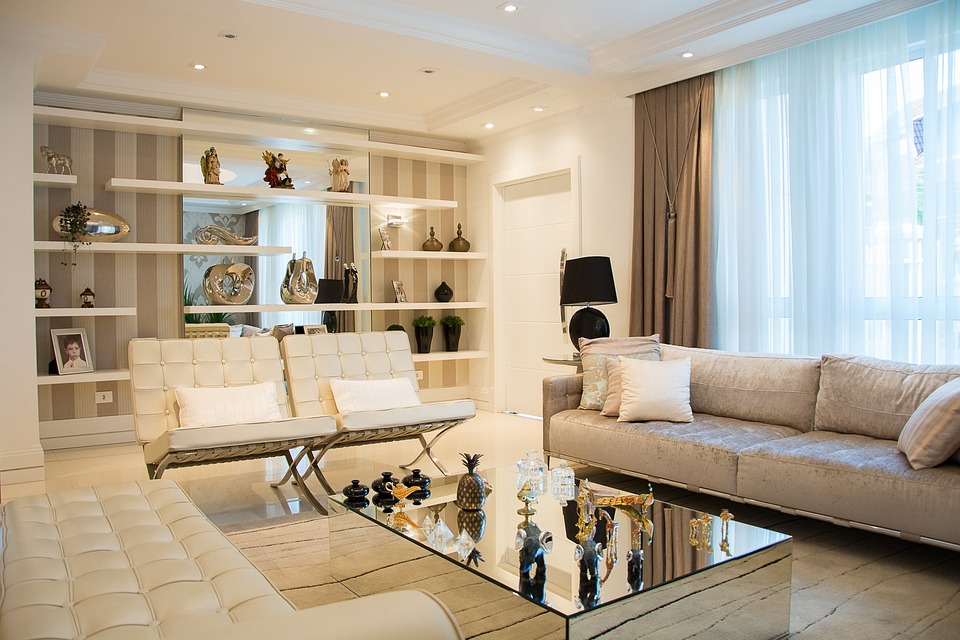The Art of Blending the Physical and Digital Worlds: Environmental Graphic Design
Environmental graphic design (EGD) is a form of design that has been rapidly gaining popularity over the last few years. It is a combination of various design disciplines, including graphic design, architecture, and interior design. EGD has proven to be a highly effective way to communicate information and messages to people in various environments. The ability of EGD to blend physical and digital elements makes it an innovative and effective way to enhance the user experience. This article aims to explore the concept of EGD in detail, highlighting its importance, benefits, and potential applications.
What is EGD?
EGD is the visual communication of information in the built environment. It involves the use of a range of design elements and techniques to communicate messages to people. These messages could be about wayfinding, branding, orientation, or any other type of information that needs to be conveyed effectively. EGD can be executed in various forms, including digital displays, murals, signage, and more.
Importance of EGD
EGD plays a critical role in enhancing the user experience in various environments. It helps people navigate space effectively, making it easier to find their way around. Through EGD, people can easily locate essential amenities such as restrooms, elevators, and parking spaces. In public spaces, EGD can help create a sense of place, making the environment engaging, interesting, and memorable.
Benefits of EGD
EGD provides numerous advantages over traditional forms of communication in the built environment. Firstly, it is highly effective in grabbing people’s attention and communicating messages in a clear and concise manner. Secondly, it eliminates language barriers as the use of visual elements makes it easy for people from different cultures and languages to understand the messages. Additionally, EGD is a versatile approach, allowing designers to use a range of materials and techniques to create visually stunning displays.
Applications of EGD
EGD is commonly used in various environments, including healthcare, education, hospitality, retail, workplace, and public spaces. In healthcare environments, it can be used to inform patients, visitors and staff about various facilities, departments and services available. Educational institutions can use EGD to enhance directional and informational displays, school branding, and wayfinding. EGD can help create compelling retail spaces that invite customers to explore and engage with the brand. In public spaces, EGD can be used to inform visitors and tourists about the location’s history and cultural significance.
Conclusion
Environmental graphic design is a vital component in the built environment, as it enhances user experience by effectively communicating information through a range of visual elements. The ability of EGD to blend physical and digital elements makes it an innovative and effective approach that designers should consider when developing wayfinding, branding, and orientation strategies.
FAQ
Q1: What are the benefits of using EGD?
A1: EGD is highly effective in grabbing people’s attention and communicating messages in a clear and concise manner. Additionally, it eliminates language barriers and is versatile, allowing designers to use a range of materials and techniques to create visually stunning displays.
Q2: In what environments is EGD commonly used?
A2: EGD is used in various environments, including healthcare, education, hospitality, retail, workplace, and public spaces.
Q3: What is the importance of EGD?
A3: EGD plays a critical role in enhancing the user experience in various environments, helping people navigate space effectively, creating a sense of place, and making the environment engaging, interesting, and memorable.
Q4: What are the potential applications of EGD?
A4: EGD can be applied in numerous ways, including wayfinding, branding, orientation, and information displays in healthcare, education, retail, public spaces, and workplace environments.
Q5: What visual elements are commonly used in EGD?
A5: A range of visual elements and techniques are used in EGD, including digital displays, murals, signage, and more.






